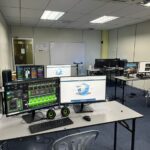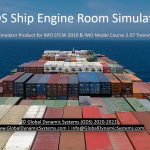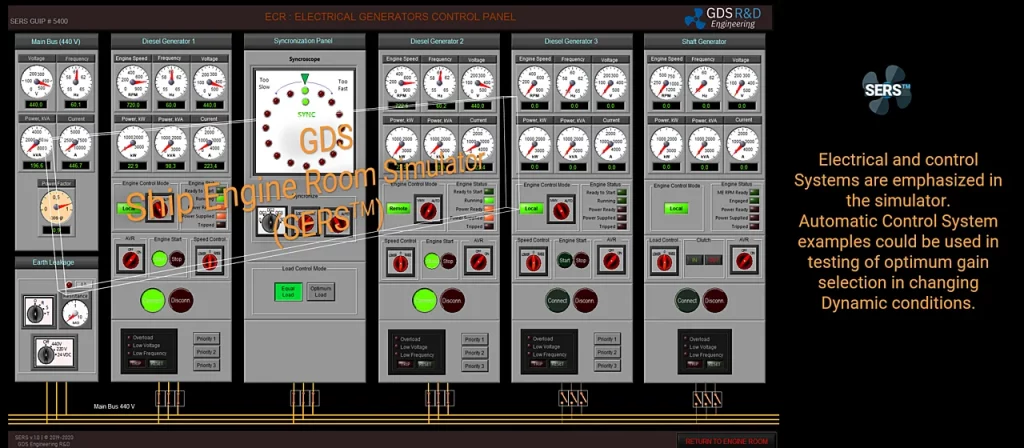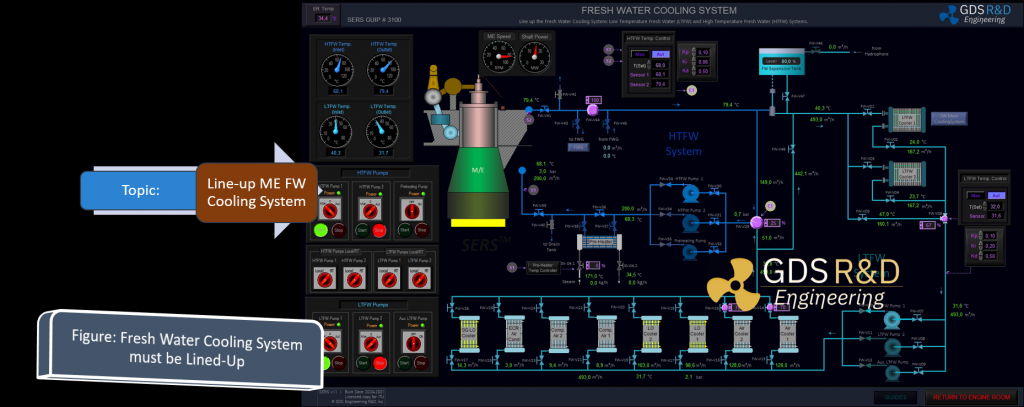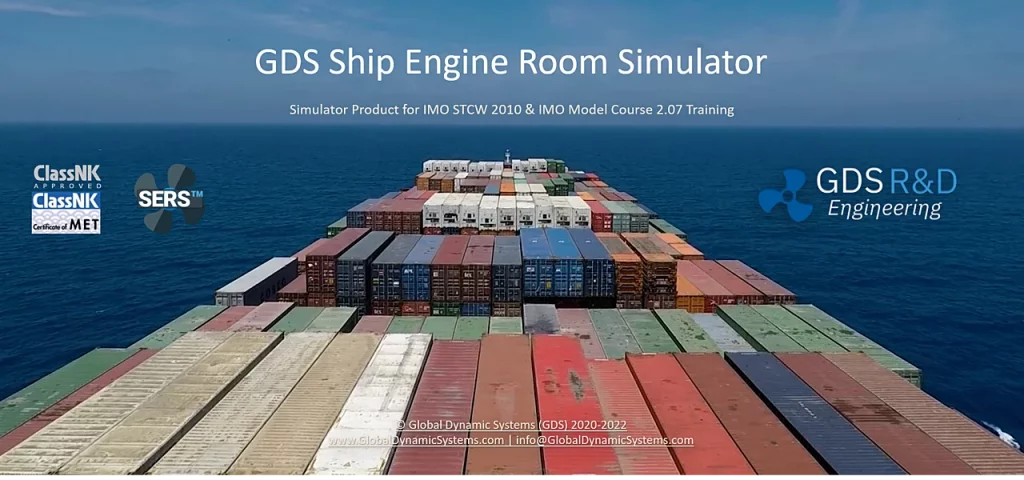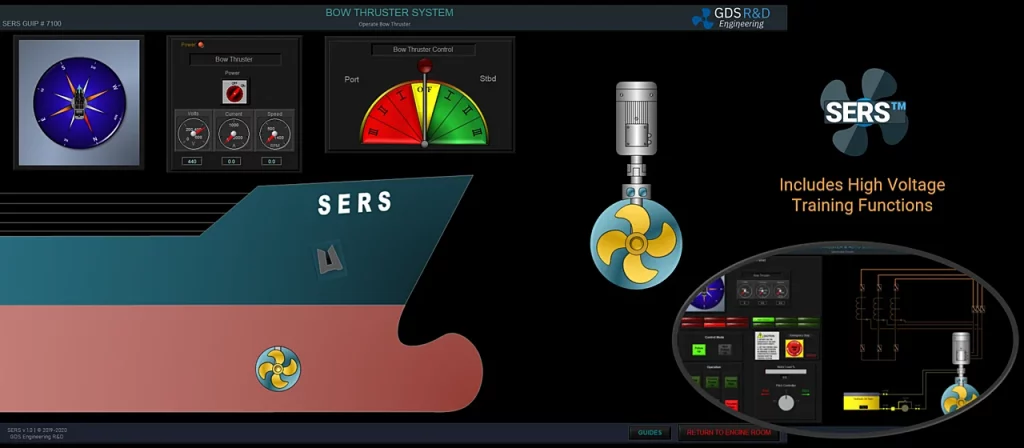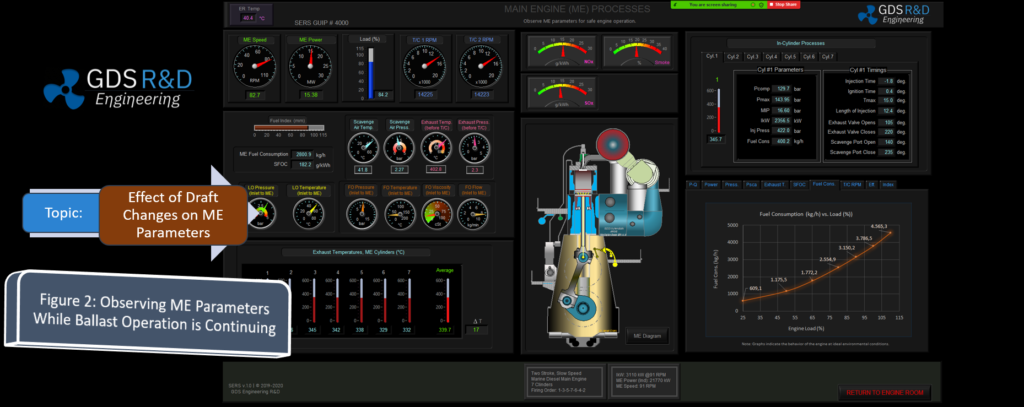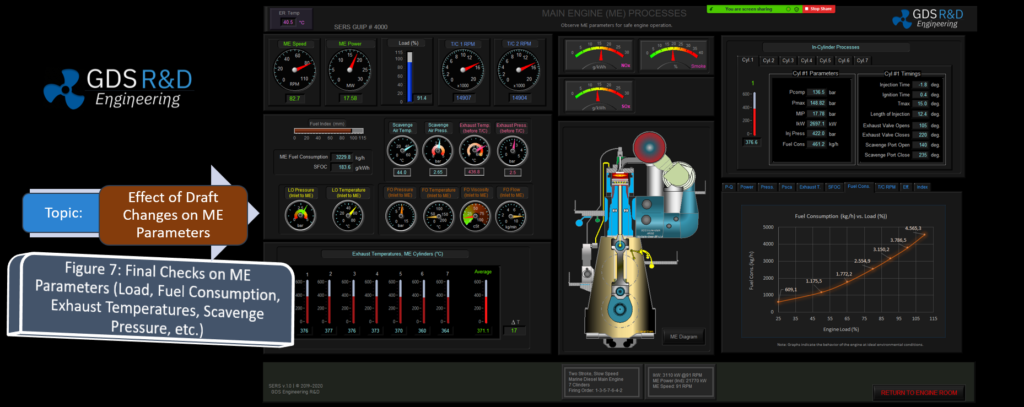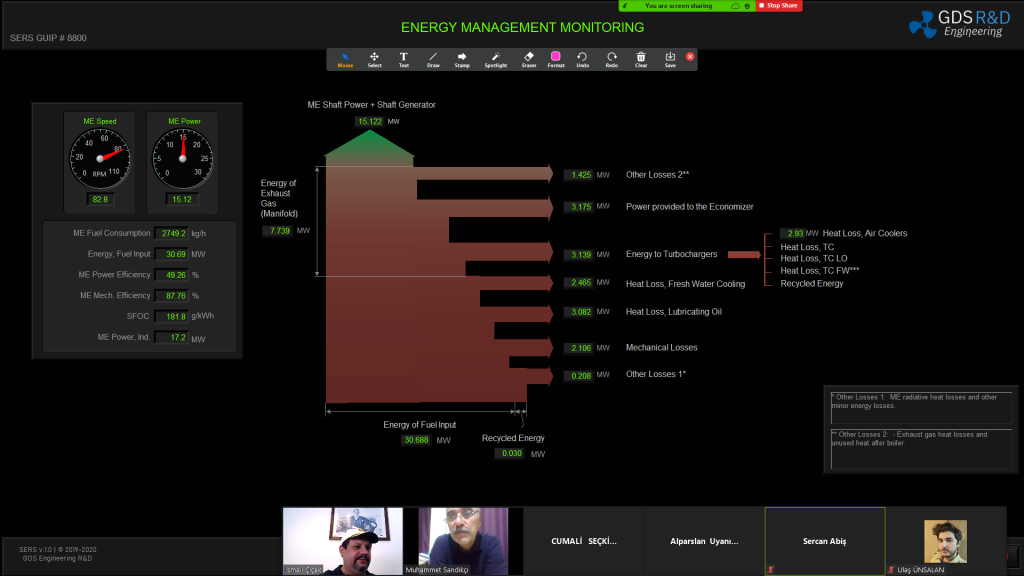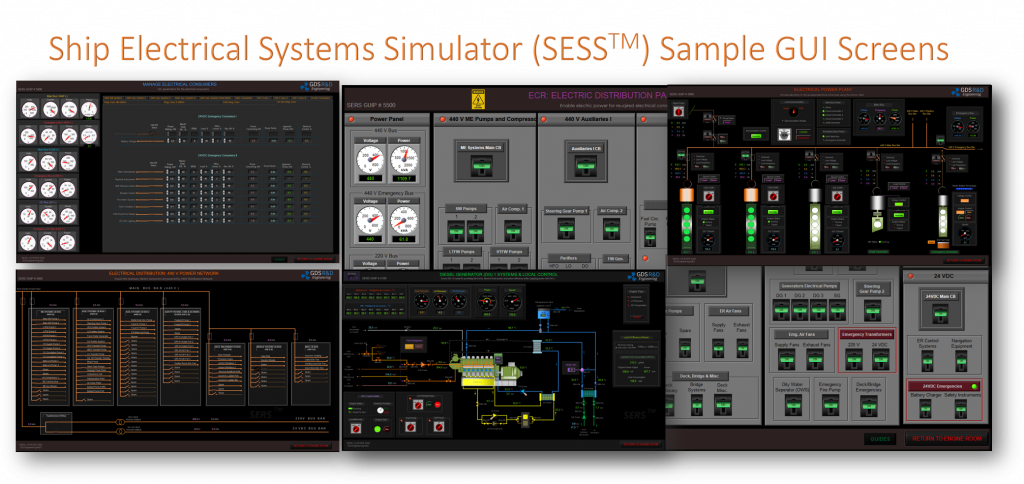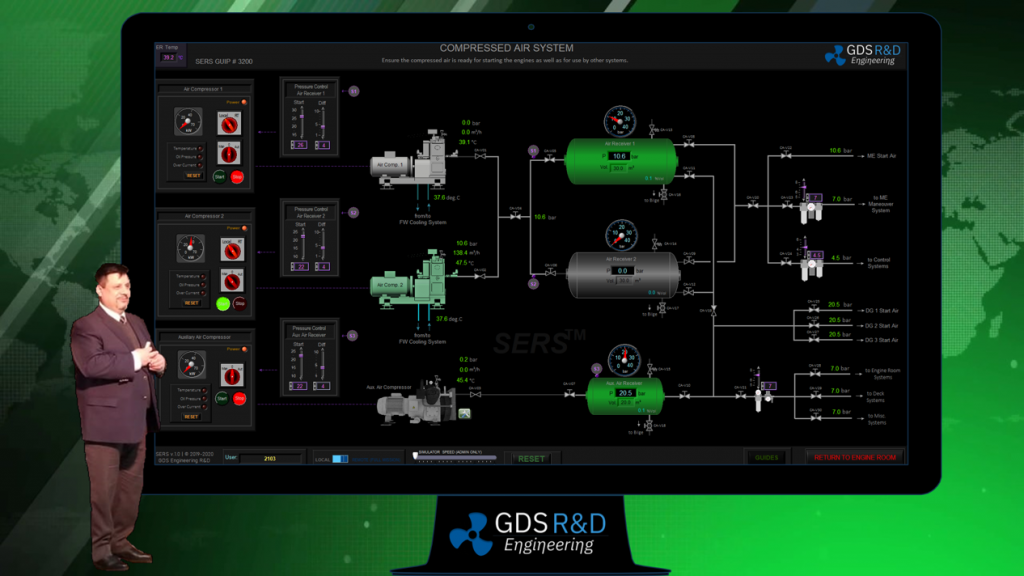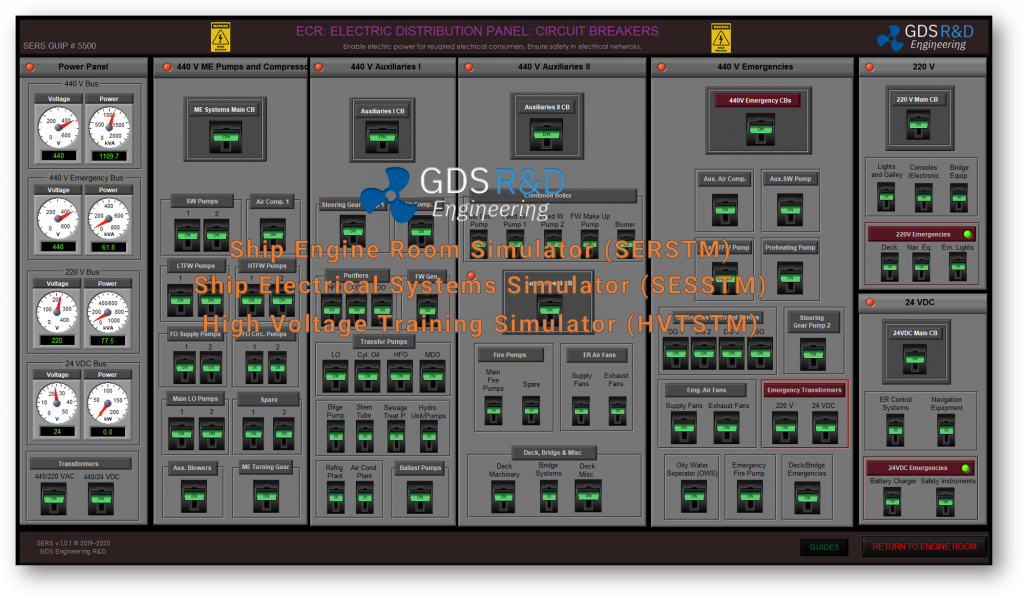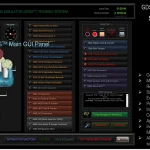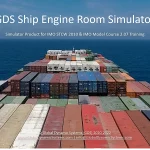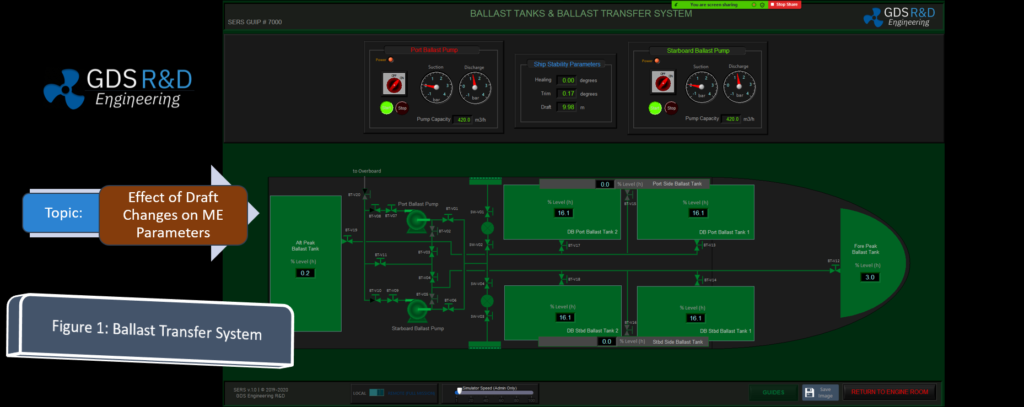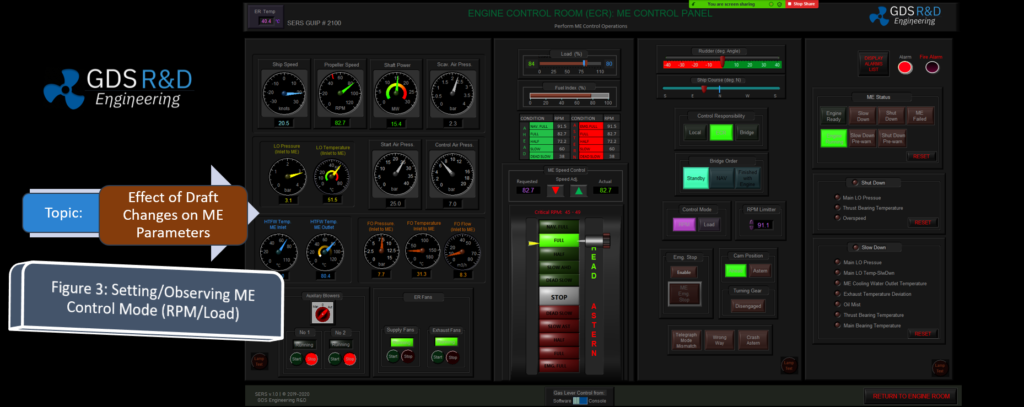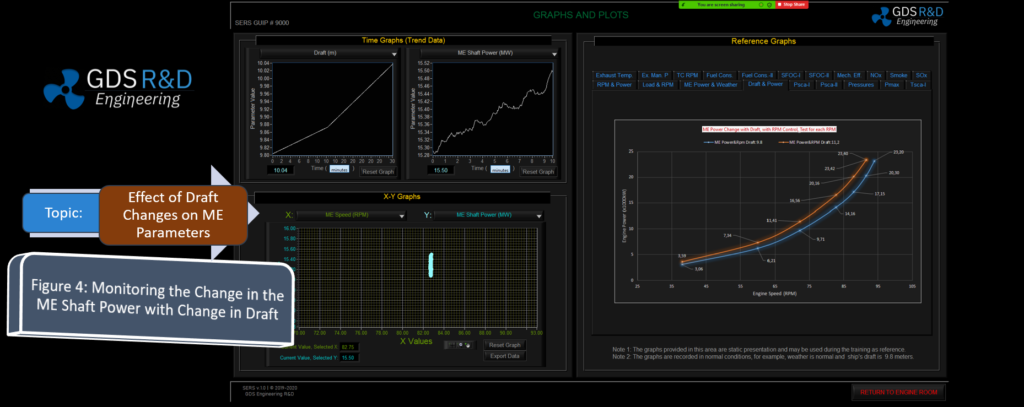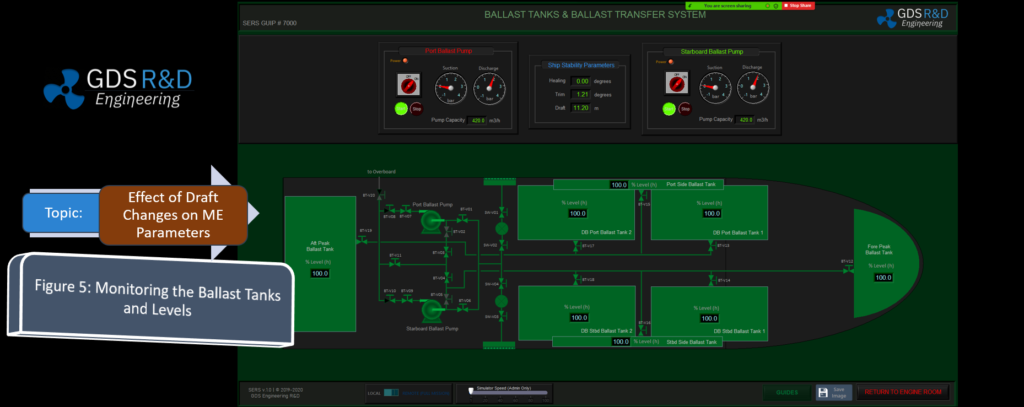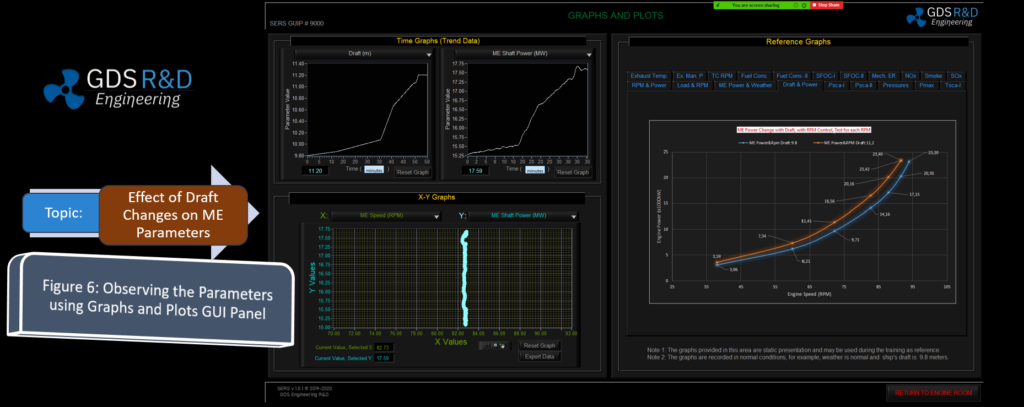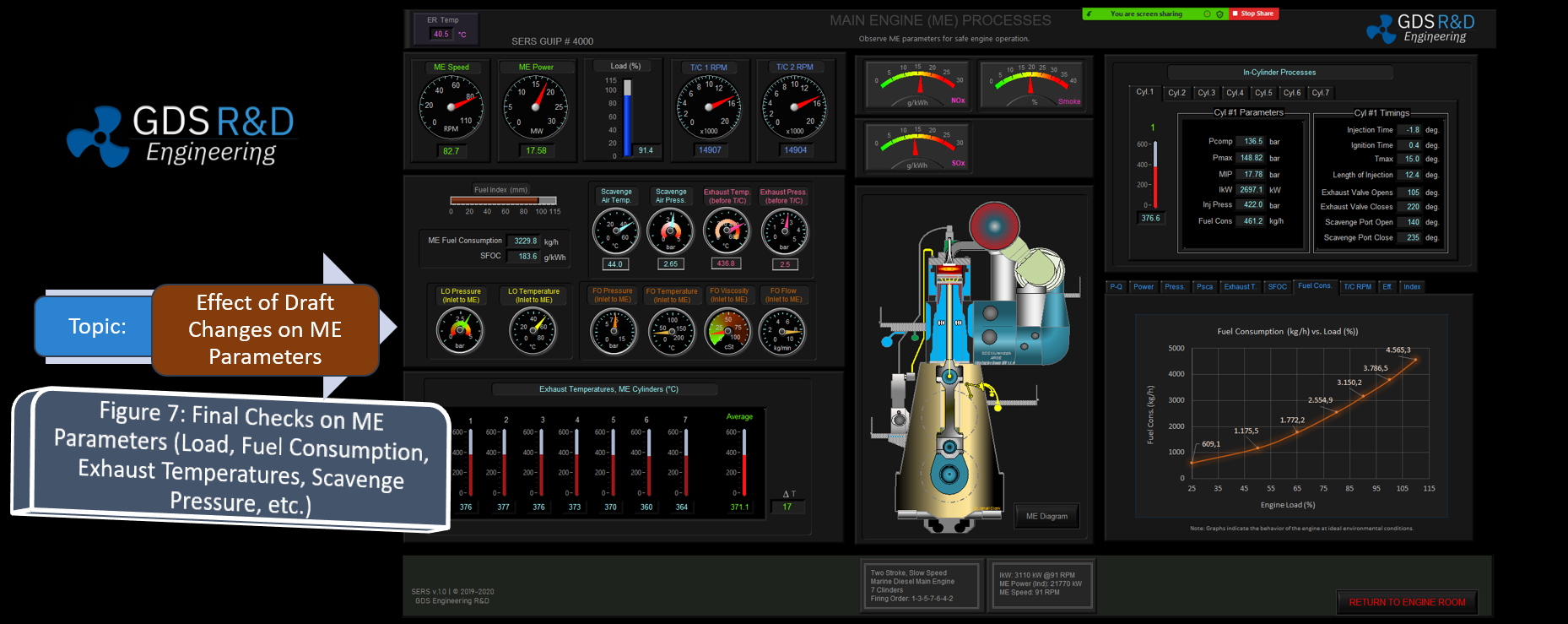22 Haziran 2022, Teknopark İstanbul
TÜRKİYE’NİN İLK YERLİ GEMİ MAKİNE DAİRESİ SİMÜLATÖRÜ SERS™, TÜRKİYE’DEN SONRA YURTDIŞI’NDA DA TERCİH EDİLEN SİMÜLATÖR OLMAYI BAŞARDI
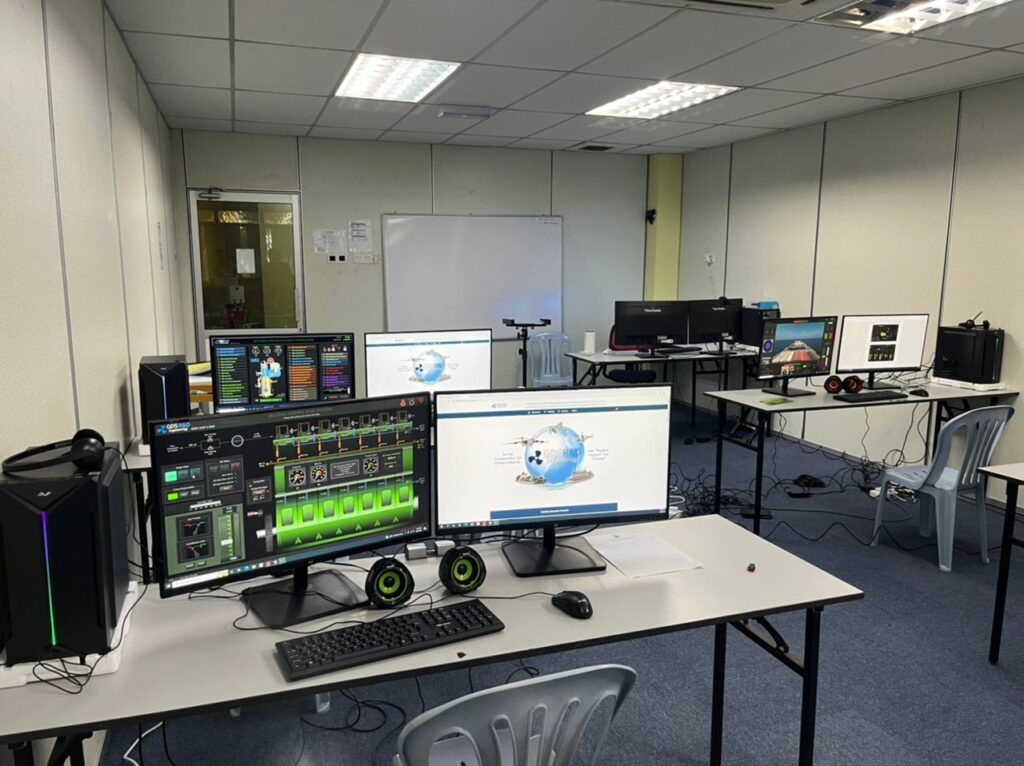
İTÜ Denizcilik Fakültesi Makine 1990 mezunu olan ve halen İTÜ Denizcilik Fakültesi’nde öğretim görevlisi olarak görev yapmakta olan Dr. İsmail Çiçek tarafından 2014 yılında Teknopark İstanbul’da kurulmuş olan GDS Mühendislik Ar-Ge Firmasının geliştirdiği Gemi Makine Daiesi Simülatörü (Ship Engine Room Simulator, SERS™), Japon klas kuruluşu ClassNK tarafından Full Mission (Class A) tipinde sertifikaya sahip Türkiye’nin ilk ve tek yerli ve milli simülatörüdür. Daha önce Malta’da kurulan bir eğitim merkezi, İTÜ Kuzey Kıbrıs Gemi Makineleri İşletme Mühendisliği Bölümü ve Yıldız Teknik Üniversitesi Gemi İnşaatı ve Denizcilik Fakültesi’nde de verilen Gemi Makine Dairesi Simülatörü derslerinde hem uzaktan hem de yüz yüze eğitimlerde kullanılmaya devam edilen SERSTM, Malezya’da bir eğitim kurumunda da kullanılmaya başlandı. Malezya’da bu yaz gemilerde halihazırda çalışan personelin Engine Room Team Management (Makine Dairesi Takım Yönetimi) eğitimlerinde kullanılmaya bu yaz başlayacak olan SERSTM, güz 2022 dönem başında denizciliğe aday 3 ve 4üncü sınıf öğrencilerin eğitimlerinde kullanılmaya başlanacak. Safha safha kurulum planlanan SERS için 22 Haziran 2022 tarihinde 6 öğrencinin eğitim alabileceği sistem kurulmuş ve öğrenci sayısı arttırılarak kurulum devam edecek.
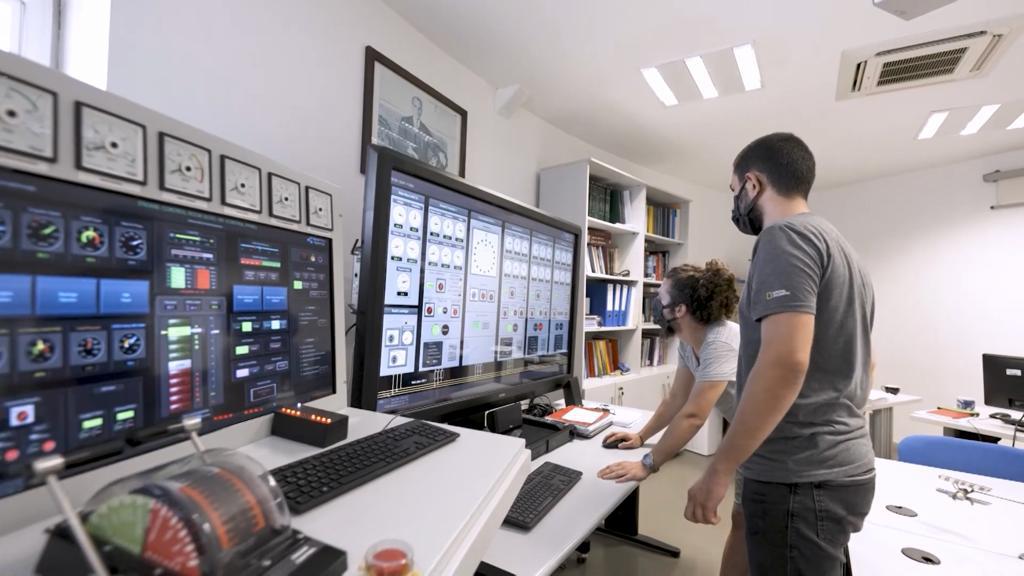
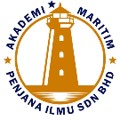 Malezya’da bulunan eğitim kurumuna uzaktan erişimle başarılı bir şekilde kurulan SERSTM, Malezya’daki denizci eğiticilerinin de yeni gözdesi oldu. Kurulum sırasındaki aşamaların koordinatörlüğünü üstlenen ve SERS™ geliştiren grupta bulunan Çağrı Berk Güler’e göre yurt dışındaki eğitim kurumlarının ve şirketlerinin tercihinin en büyük sebeplerinden biri uzaktan kurulumun gerçekleşebilmesi ve programın Windows tabanlı sitemlerle uyumluluğunun çok kolay sağlanabilmesi.
Malezya’da bulunan eğitim kurumuna uzaktan erişimle başarılı bir şekilde kurulan SERSTM, Malezya’daki denizci eğiticilerinin de yeni gözdesi oldu. Kurulum sırasındaki aşamaların koordinatörlüğünü üstlenen ve SERS™ geliştiren grupta bulunan Çağrı Berk Güler’e göre yurt dışındaki eğitim kurumlarının ve şirketlerinin tercihinin en büyük sebeplerinden biri uzaktan kurulumun gerçekleşebilmesi ve programın Windows tabanlı sitemlerle uyumluluğunun çok kolay sağlanabilmesi.
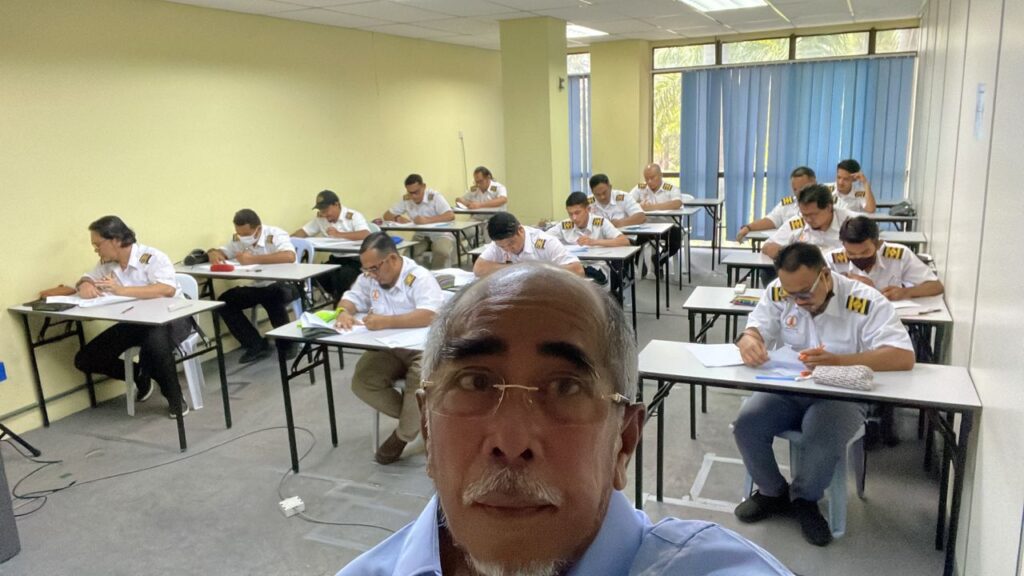
Malezya’daki eğitim kurumunda tamamen uzaktan erişimle kullanılmaya hazır hale getirilen simülatör, eğitim bilgisayarlarına kurulduktan sonra eğitimlerde kullanılmaya başlandı. Kurum, SERS™’i uzaktan kullanarak ve çok beğenerek karar verdiklerini ve pilot sınıf uygulamasından sonra bütün laboratuvar sınıfları için yazılımın kullanılmasını planladıklarını belirtti.
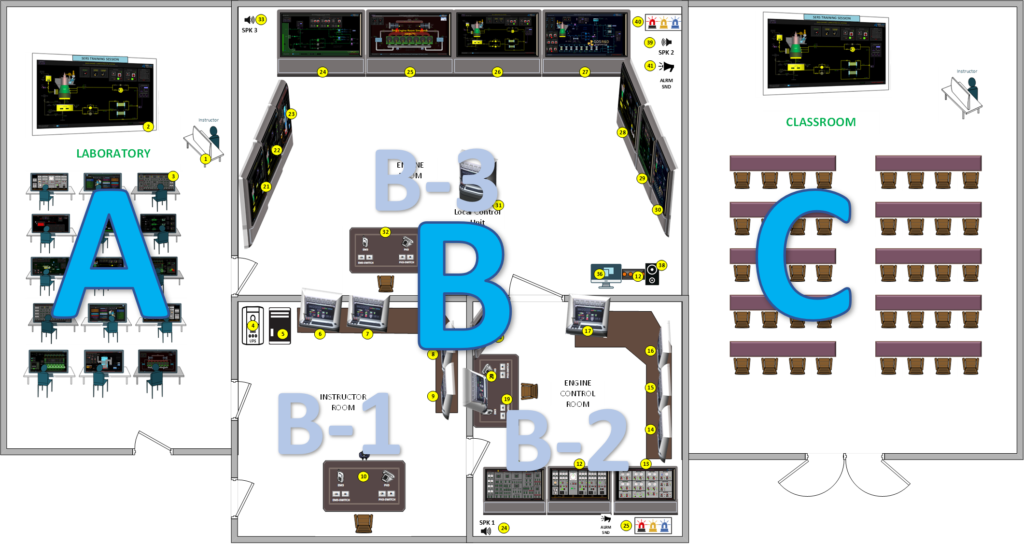
SERS™, IMO STCW 2010 yeterlilik tablolarında belirtilen, bir makine dairesi simülatörü kullanılarak verilen eğitimlerin tamamını kapsamaktadır. Ayrıca, IMO Model Kursu 2.07 (2017) Uygulamalarını dakapsayan SERS™, hali hazırda eğitim veren kurumlarda kullanılan simülatörlerde bulunmayan birçok akademik ve uygulama pratiği sunmasından dolayı özellikle yurt dışında ses getirmeye başlamış ve Türkiye pazarında da denizcilik sektörünün dikkatini çekmiştir. Birçok değişik konfigürasyonlarda kurulum yapılarak değişik bütçeler ile tedarik edilmeye müsait modüler yapıda geliştirilen SERS™ ’in önemli özellikleri, rakiplerine ait ürünlerden üstünlükleri ve farklılıkları ile uygulama konfigürasyon çeşitleri GDS firması web sitesinde (www.GlobalDynamicSystems.com) detaylı olarak anlatılmaktadır.
TÜBİTAK projeleri ,le başlayıp, Teknopark İstanbul’da GDS’nin kendi imkanları ile geliştirilmeye devam eden SERS’in uluslararası seviyeye gelmesi hepimizi gururlandırmıştır. Gençlerimize yeni ürün geliştirime, ARGE ve inovasyon konularında iyi bir örnek olması dileklerimizle.
Denizcilik Dergisi’nde ilgili yazıyı okumak için tıklayınız.
GDS Ship Engine Room Simulator özellikleri ve detaylı bilgisini görüntülemek için tıklayınız.
